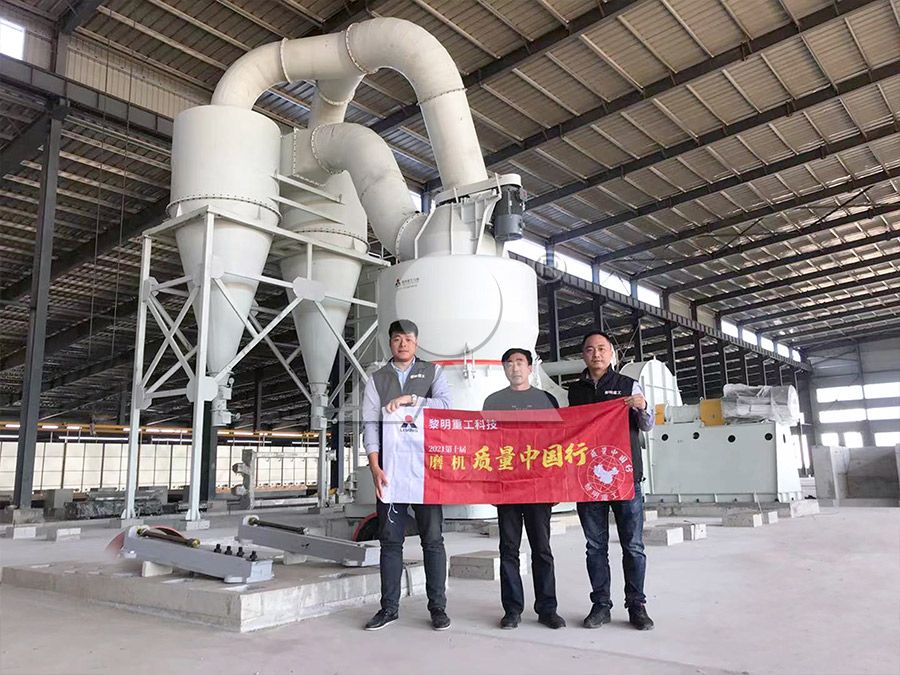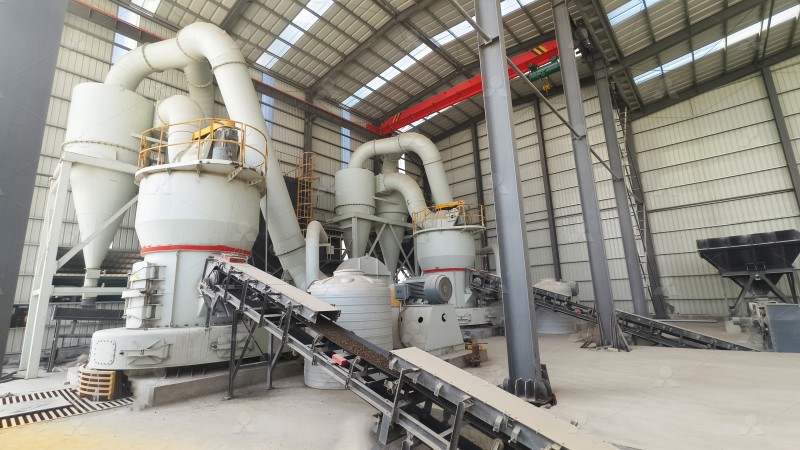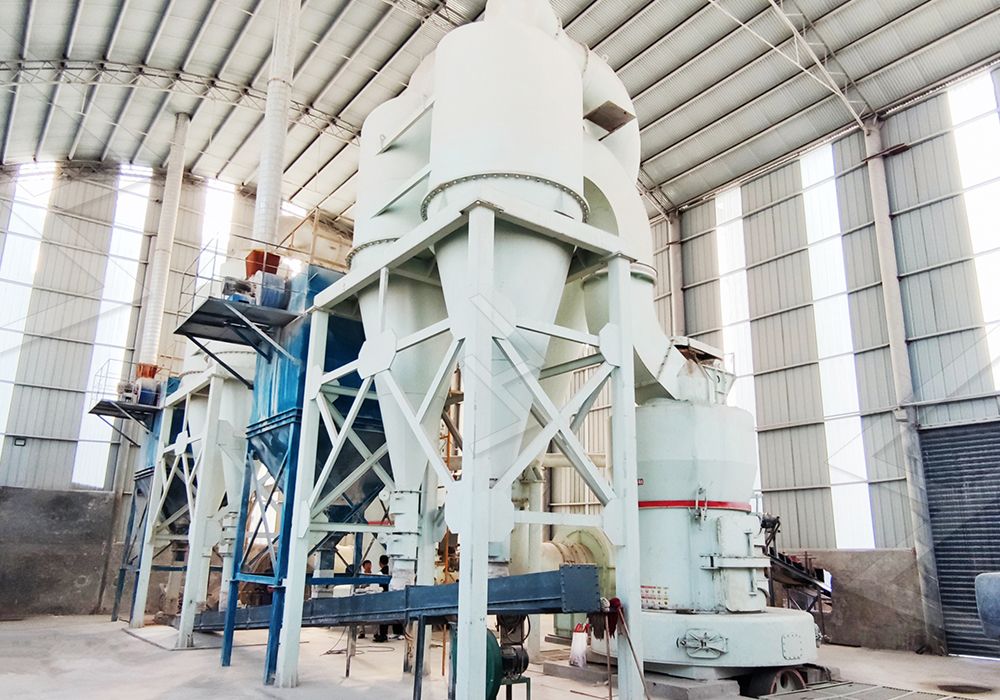6R Raymond Mill for Grinding Sandstone and Gravel
Unlocking Efficiency in Sandstone and Gravel Processing
The processing of sandstone and gravel presents unique challenges that demand robust, efficient grinding solutions. These abrasive materials require equipment that can withstand constant wear while maintaining consistent output quality. For operations seeking reliable performance in this demanding sector, the 6R Raymond Mill stands as a proven workhorse that has evolved to meet contemporary production needs.

Technical Superiority in Abrasive Material Processing
What sets the 6R Raymond Mill apart in sandstone and gravel applications is its enhanced grinding capacity and durability. The six grinding rollers provide significantly more contact surface area compared to conventional designs, resulting in higher throughput without compromising fineness control. The reinforced grinding rings and rollers, specifically engineered for abrasive materials, demonstrate remarkable wear resistance that translates to reduced maintenance intervals and lower operating costs.
The mill’s intelligent airflow system deserves particular attention. For sandstone processing, where consistent particle size distribution is critical, the precision separation mechanism ensures uniform product quality. The large-diameter grinding roller design directly improves grinding efficiency by applying optimal pressure to the material bed, while the elastic damping structure minimizes vibration transmission that could affect final product consistency.
Beyond Traditional Grinding: Modern Applications
Contemporary construction and industrial sectors demand more than just basic aggregate materials. The 6R Raymond Mill enables producers to create value-added products through precise fineness control. From manufactured sand meeting specific gradation requirements to specialized industrial fillers, the flexibility of this equipment opens new market opportunities.
Environmental considerations have become increasingly important in mineral processing. The 6R Raymond Mill addresses these concerns through its enclosed negative pressure operation, which contains dust effectively. The integrated pulse dust collection system ensures compliance with environmental regulations while recovering valuable product that would otherwise be lost.

When Ultra-Fine Applications Demand More
While the 6R Raymond Mill excels in standard sandstone and gravel processing, operations requiring ultra-fine powders should consider our MW Ultrafine Grinding Mill. This advanced system represents the next evolution in grinding technology, capable of producing powders between 325-2500 meshes with remarkable efficiency. The MW series features higher yielding capacity with lower energy consumption – achieving 40% higher production capacity than jet mills and double the output of ball mills with only 30% of the energy consumption of jet grinding systems.
For operations processing mixed materials or requiring exceptional versatility, our LUM Ultrafine Vertical Grinding Mill offers groundbreaking performance. Integrating ultrafine powder grinding, grading and transporting in a single system, the LUM mill represents the pinnacle of grinding technology. Its unique roller shell and lining plate grinding curve generates material layers more effectively, enabling high rates of finished products through single-pass milling while enhancing whiteness and cleanliness – critical factors for premium applications.
Operational Advantages in Real-World Conditions
The practical benefits of the 6R Raymond Mill become most apparent in day-to-day operations. The centralized control system allows operators to monitor and adjust key parameters easily, while the accessible design simplifies routine maintenance. The lubrication system has been engineered for reliability, with easy-access points that reduce servicing time.
For operations facing space constraints, the compact footprint of the 6R Raymond Mill provides a significant advantage. The vertical design minimizes floor space requirements while maintaining accessibility for maintenance. This spatial efficiency, combined with the system’s ability to handle feed sizes up to 25mm and capacities reaching 5tph, makes it an ideal solution for operations of various scales.

Frequently Asked Questions
What is the maximum feed size for the 6R Raymond Mill when processing sandstone?
The 6R Raymond Mill can accommodate sandstone with a maximum feed size of 25mm. For optimal operation and reduced wear, we recommend preliminary crushing to 20mm or smaller.
How does the 6R Raymond Mill compare to ball mills for gravel processing?
The 6R Raymond Mill offers significantly higher energy efficiency – typically 30-40% lower power consumption – along with better particle size control and a smaller footprint. However, ball mills may be preferable for certain wet grinding applications.
What wear protection features are incorporated for abrasive materials?
Our 6R Raymond Mill includes reinforced grinding rollers made of high-chromium alloy, hardened grinding rings, and protective plates in high-wear areas. These components are designed specifically for the abrasiveness of sandstone and gravel.
Can the same mill process both sandstone and gravel effectively?
Yes, with proper adjustment of grinding pressure and separator speed, the 6R Raymond Mill can efficiently process both materials. We recommend scheduling similar materials in batches to minimize transition time and product contamination.
What dust collection system is recommended for sandstone grinding?
We recommend pairing the 6R Raymond Mill with a pulse-jet baghouse filter specifically sized for your operation. The mill’s negative pressure design contains dust effectively, but proper collection is essential for both product recovery and environmental compliance.
